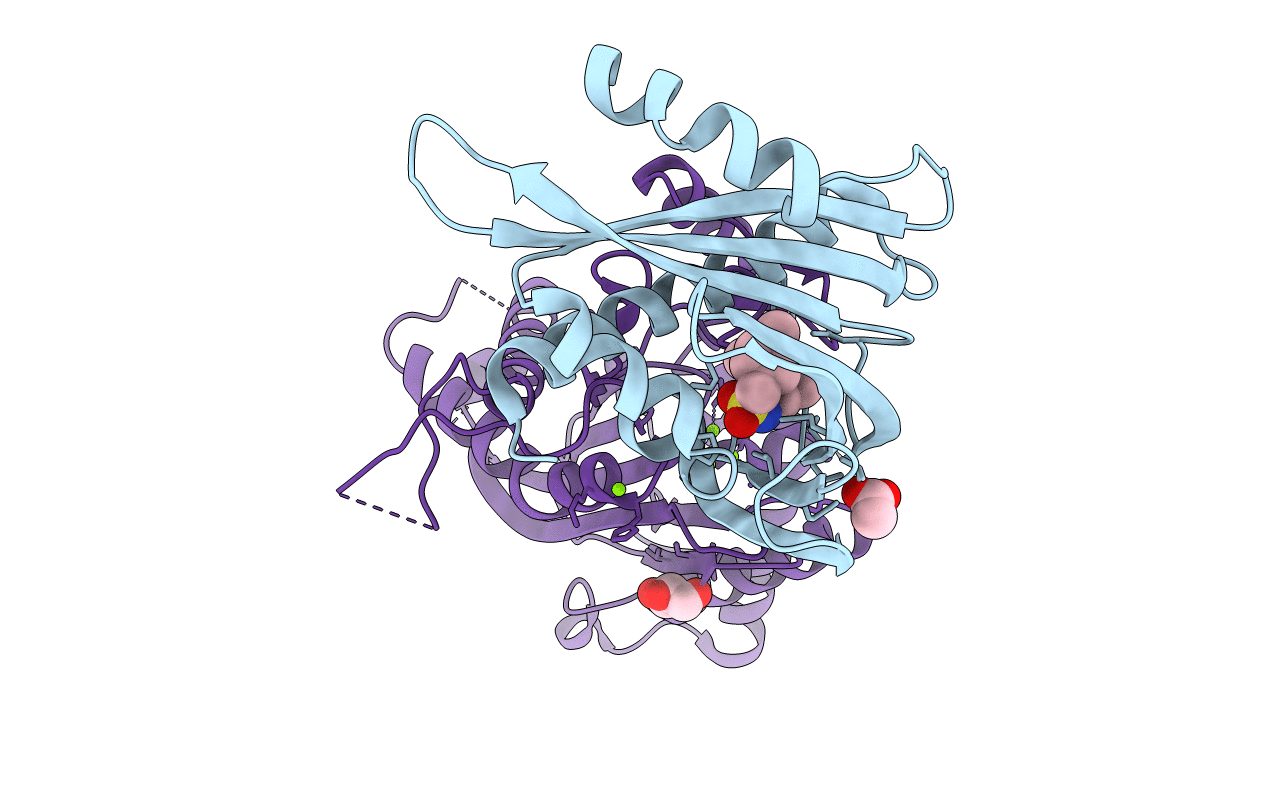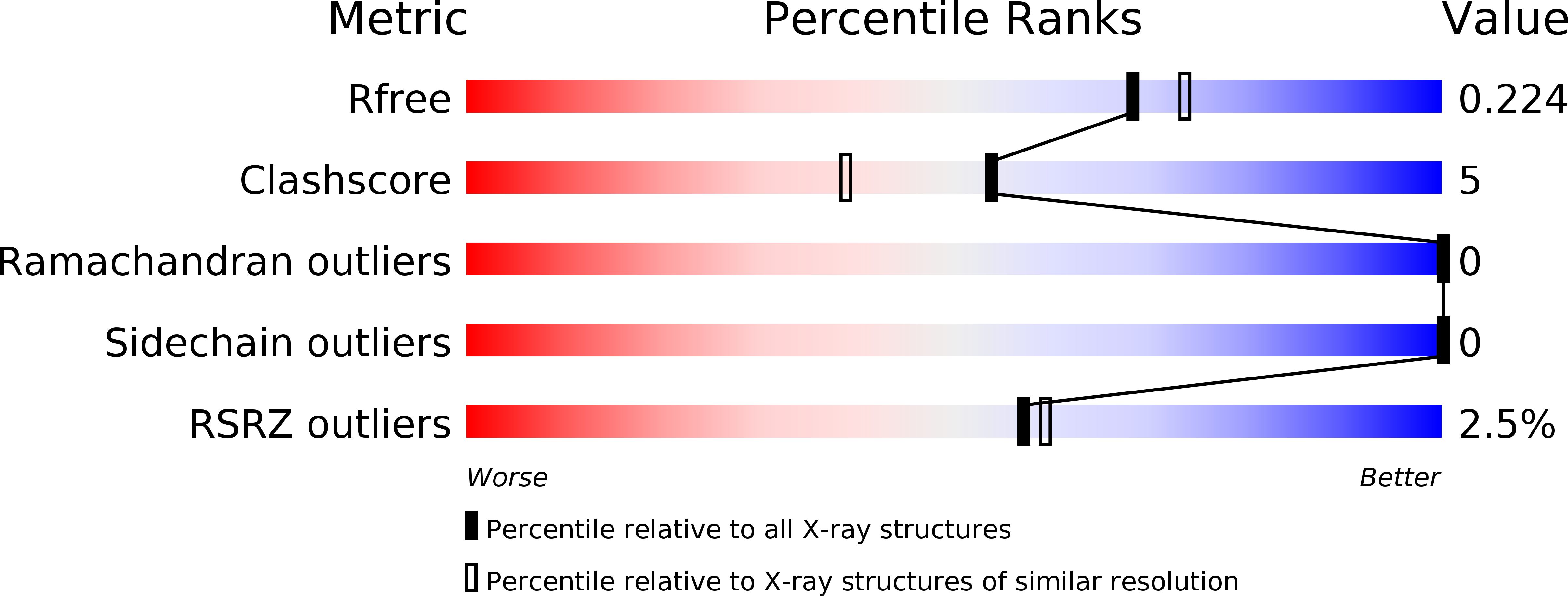
Deposition Date
2013-06-19
Release Date
2013-08-07
Last Version Date
2023-09-20
Entry Detail
PDB ID:
4LA7
Keywords:
Title:
X-ray crystal structure of the PYL2-quinabactin-Hab1 ternary complex
Biological Source:
Source Organism:
Arabidopsis thaliana (Taxon ID: 3702)
Host Organism:
Method Details:
Experimental Method:
Resolution:
1.98 Å
R-Value Free:
0.22
R-Value Work:
0.19
R-Value Observed:
0.20
Space Group:
P 21 21 21


